The Chamanga Cultural Center
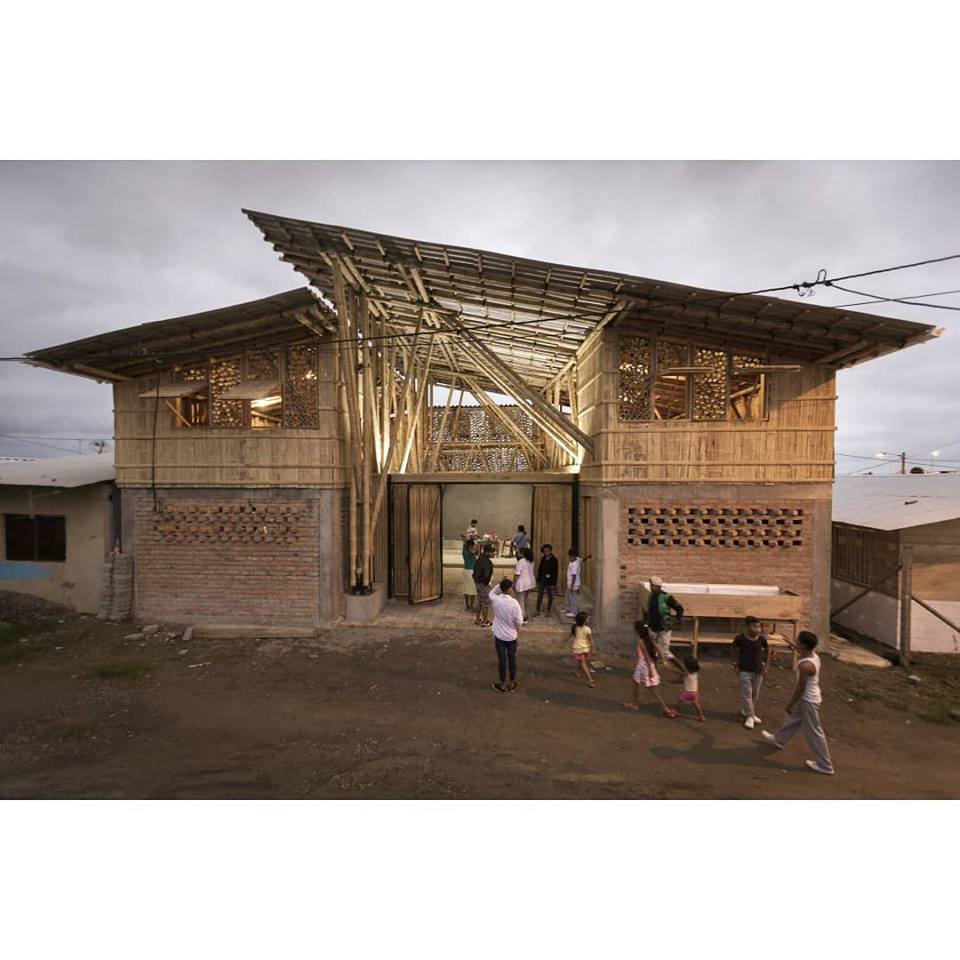
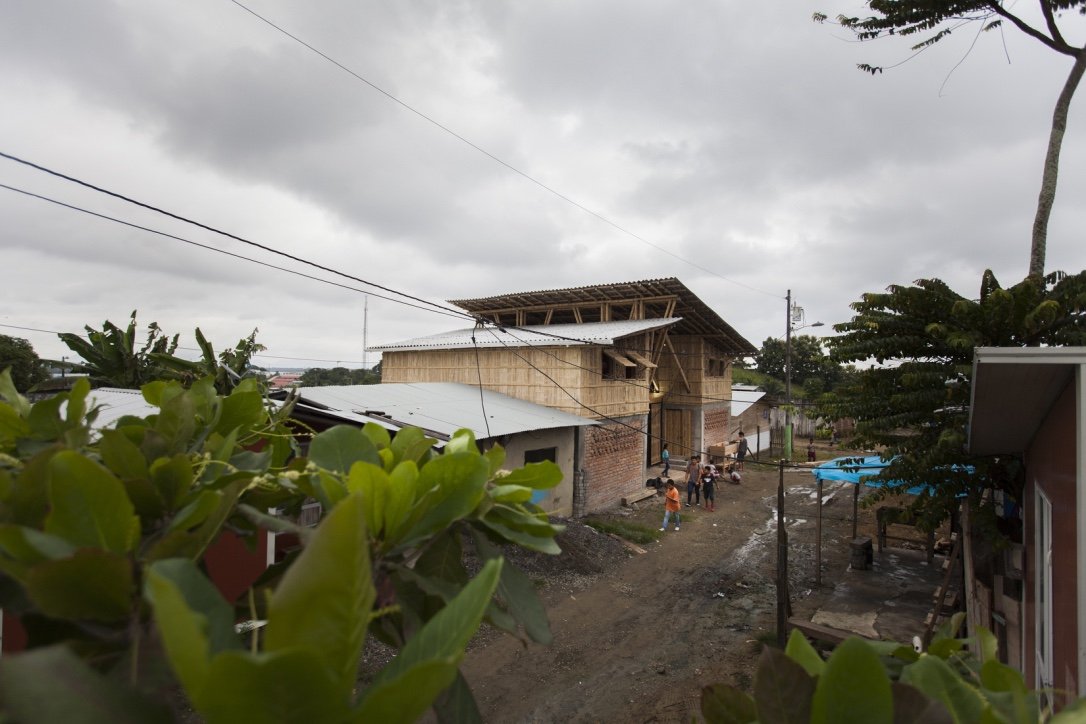
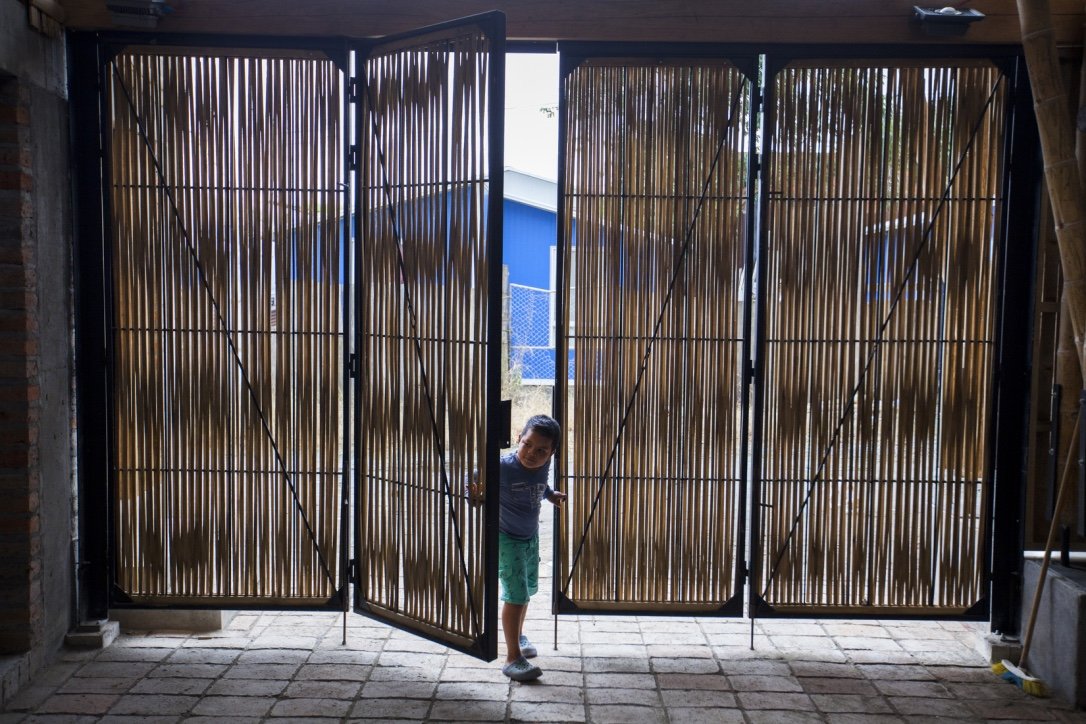

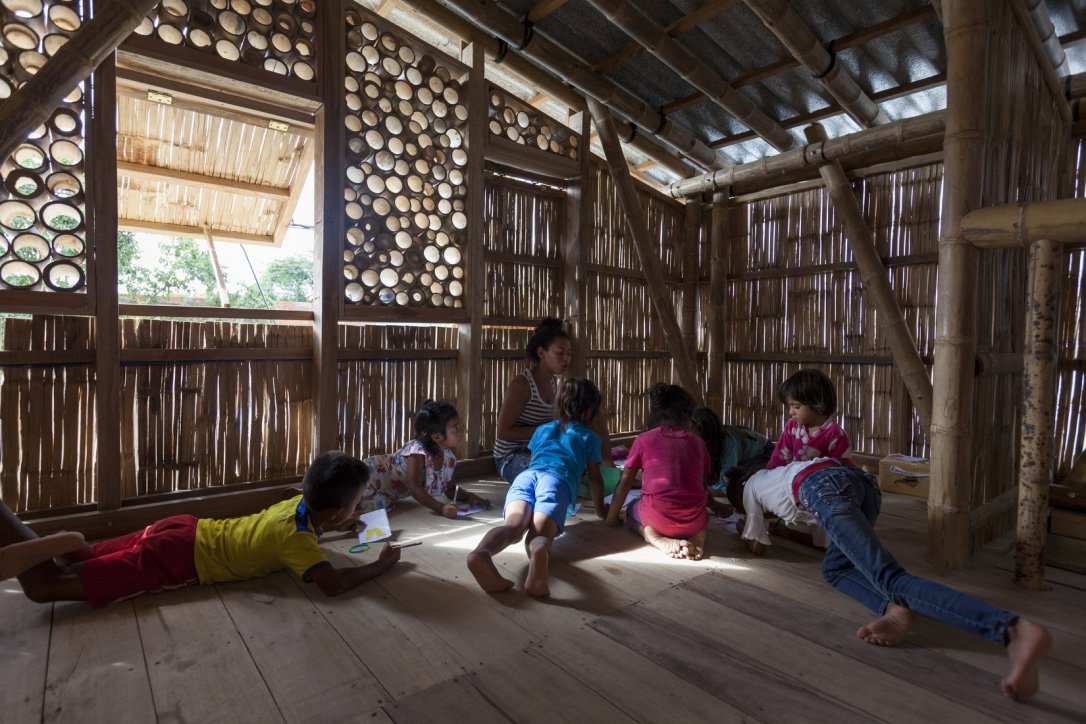
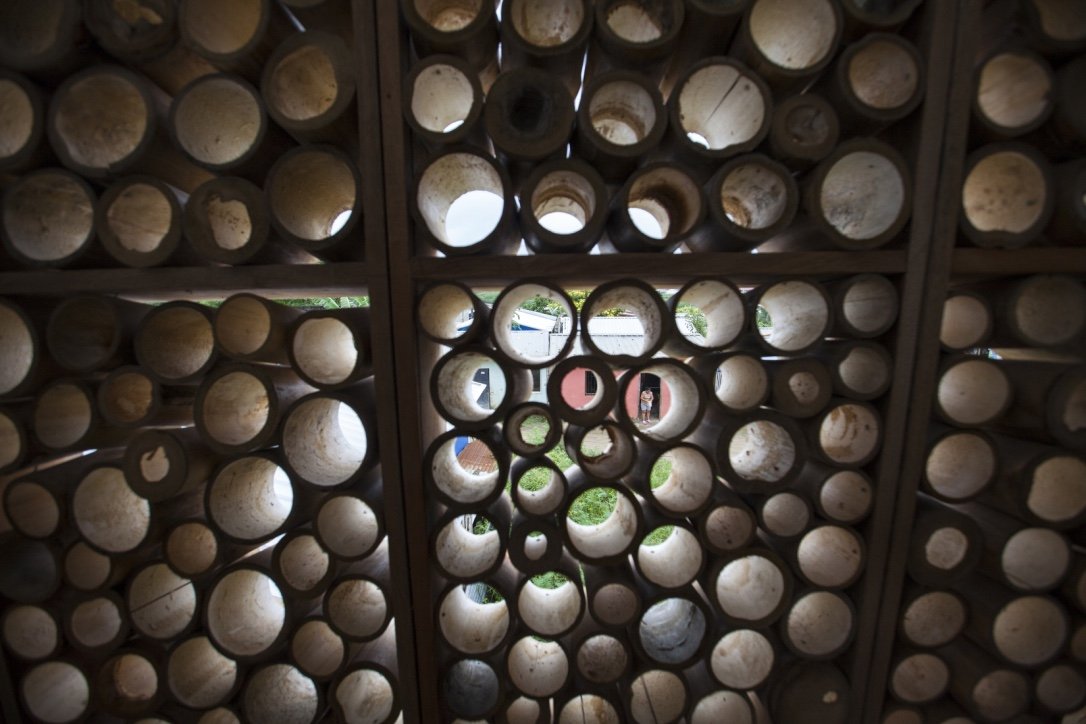
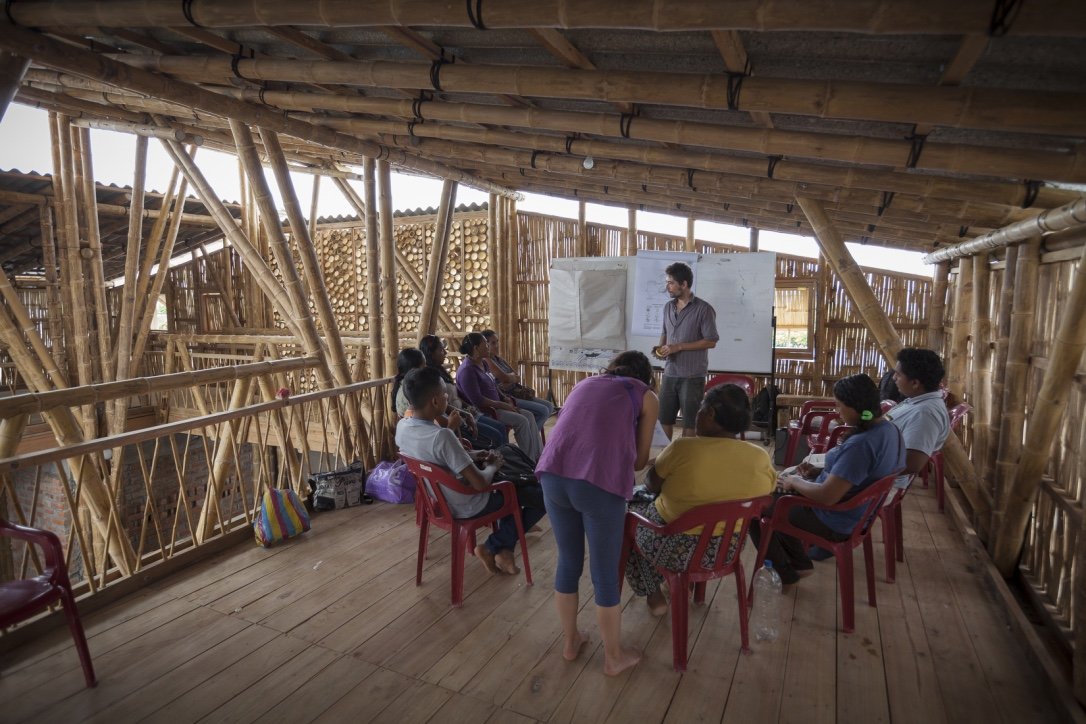
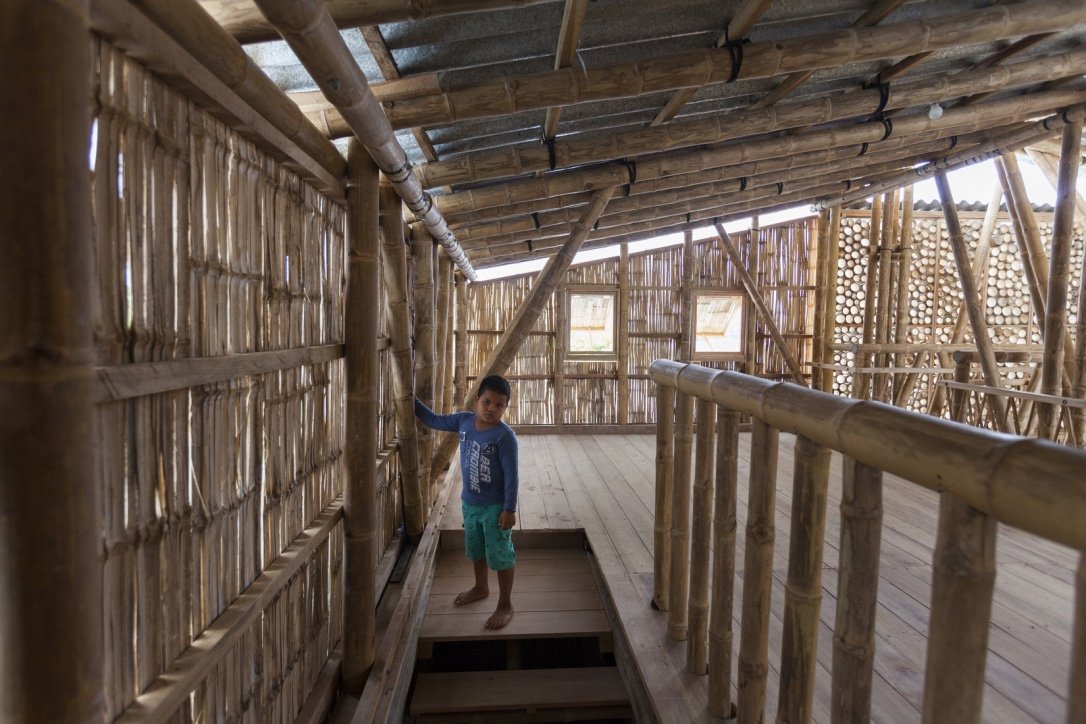
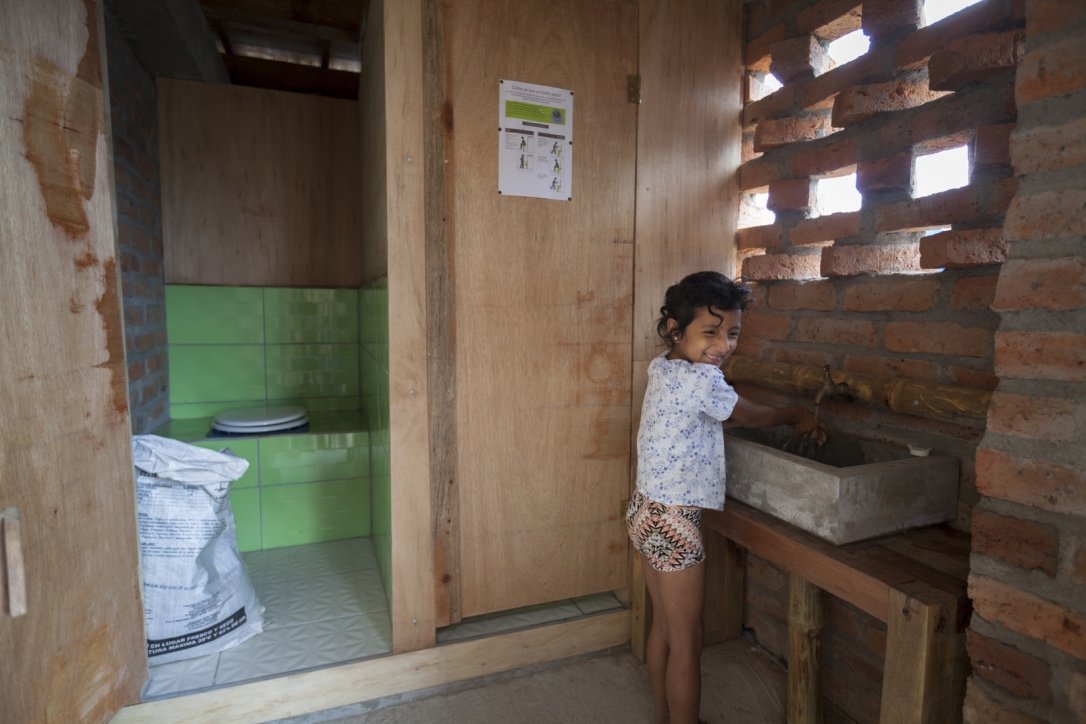
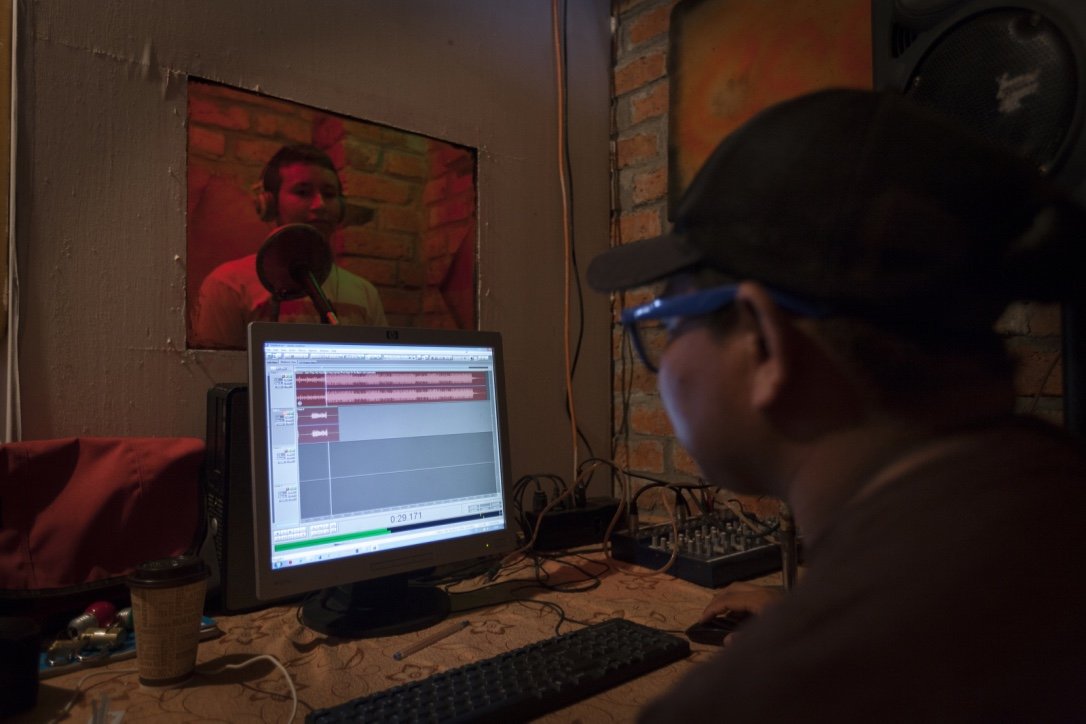
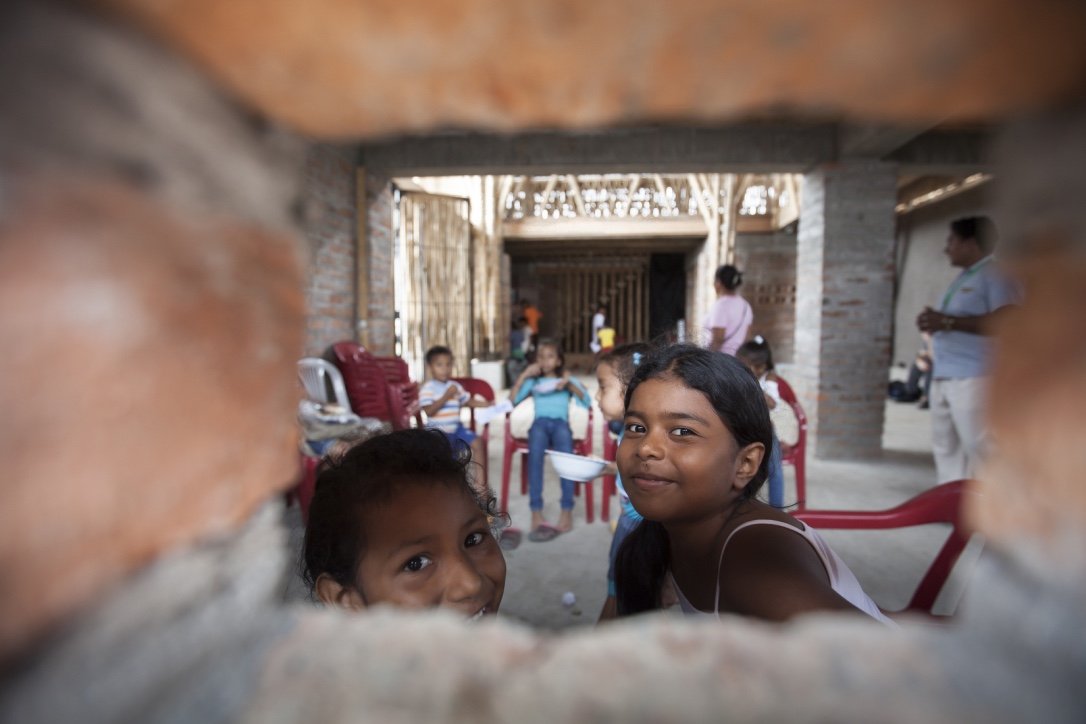
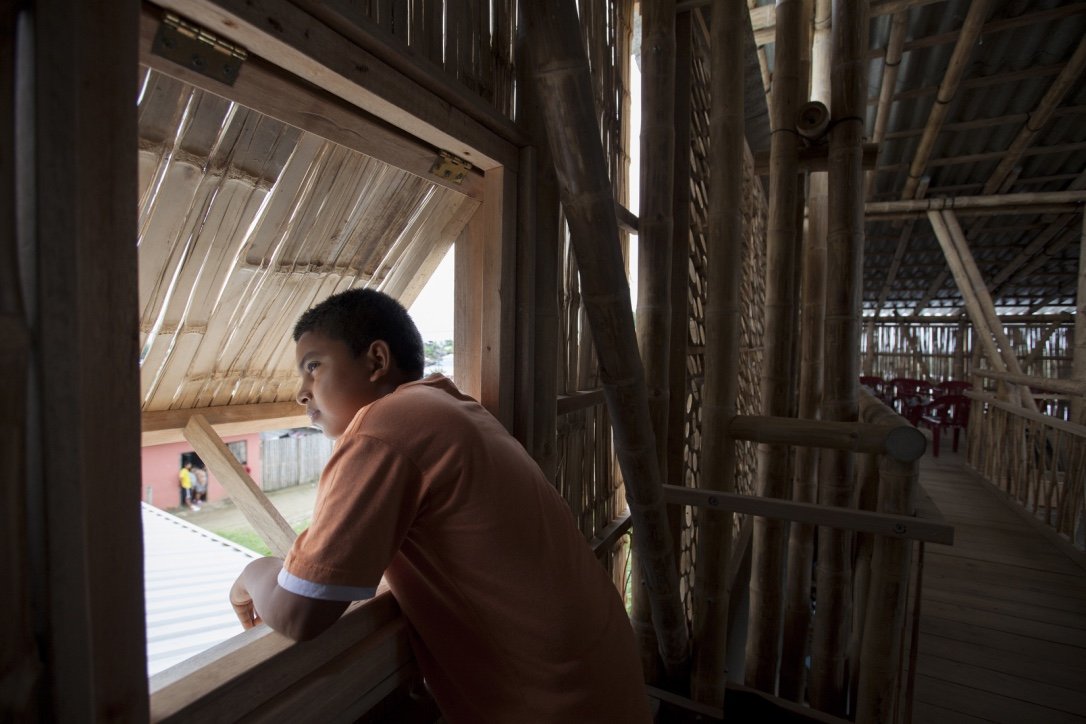
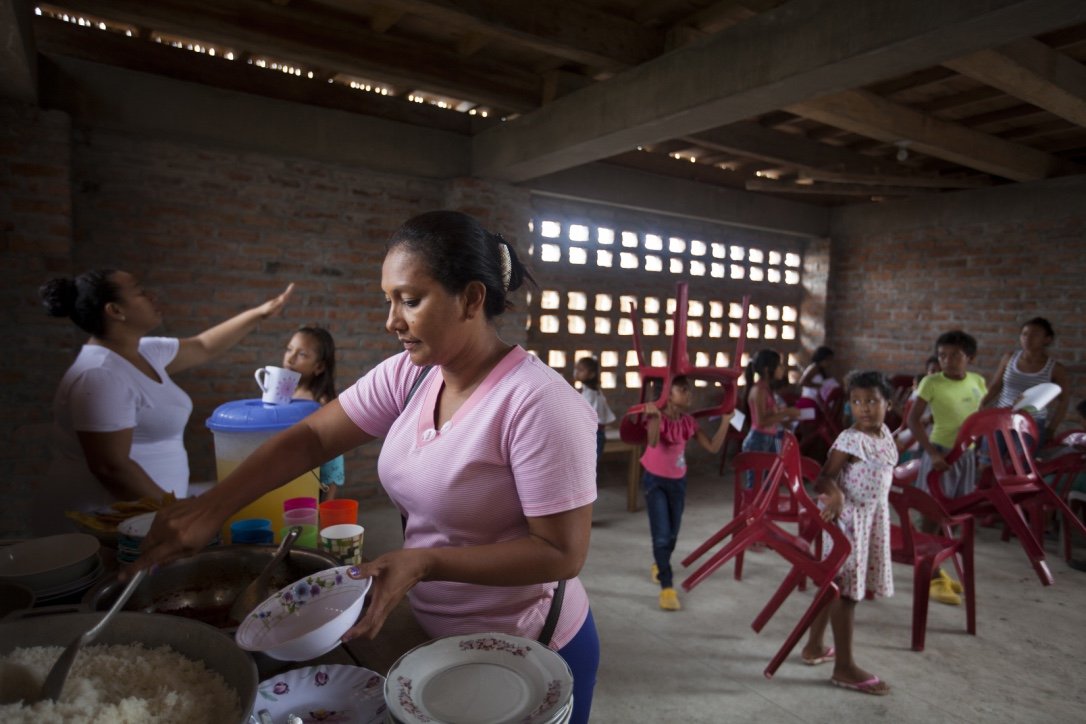
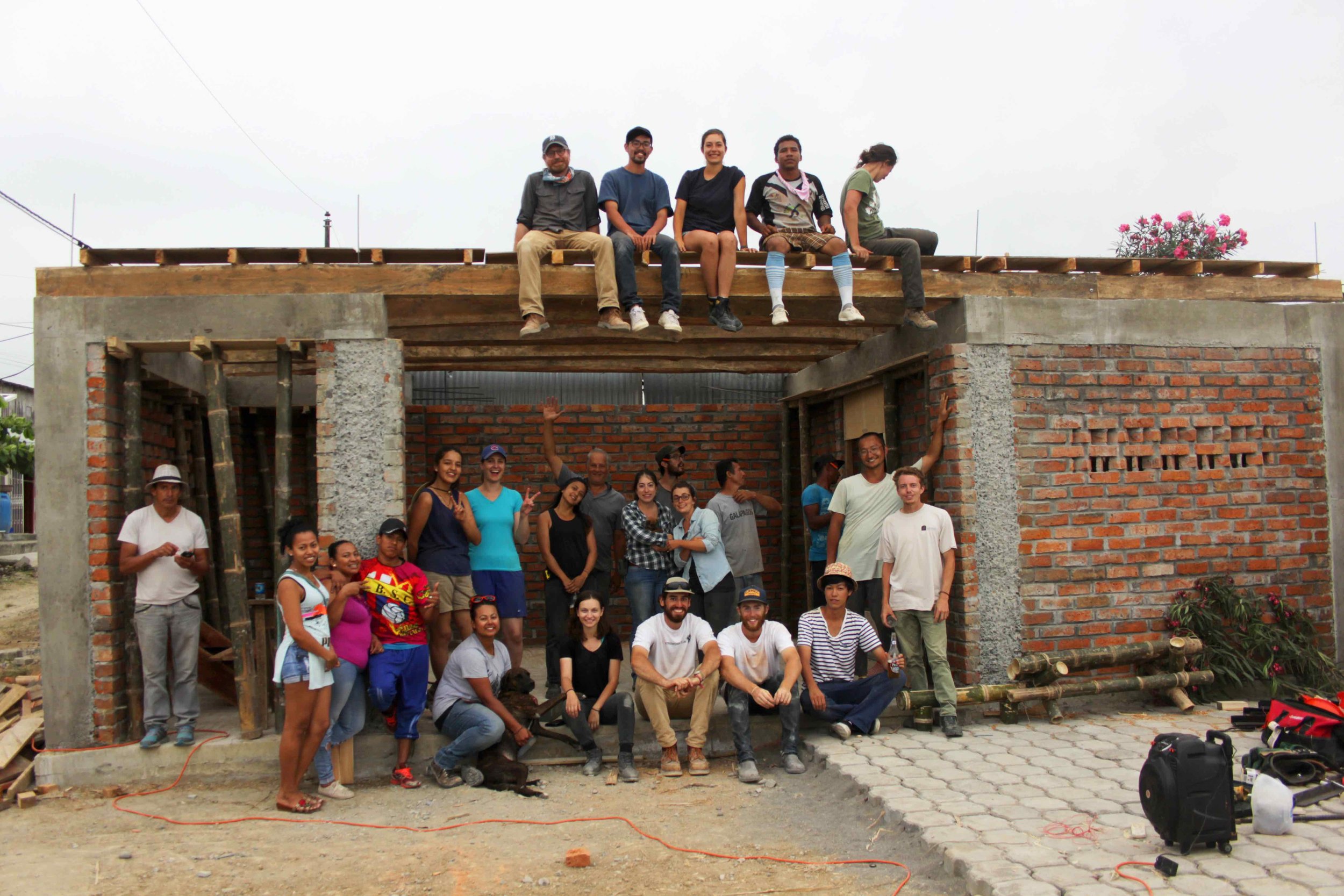
Project Origin & Overview
The Chamanga Cultural Center is the result of a long-term collaboration between the community of Chamanga, academia, and civil society organizations, starting with post-disaster relief efforts and research activities following a devastating earthquake in the area in 2016. The project was organized in two phases within a design/build framework, where students design, plan, and build in collaboration with local community members, professionals, and professors.
The project was framed and informed by the reconstruction planning process undertaken by all 80+ major coastal settlements devastated after the earthquake. For the first time, the planning process involved the affected communities in rebuilding better both for their needs and greater resilience, thus addressing long-standing issues that had plagued the region. Tokyo University and University of Pennsylvania Faculty and students had the opportunity to be involved through the invitation of Ecuadorian Universities, government and local professionals, stakeholders and, most importantly, residents. In turn, they invited the Center for Public Interest Design to participate in both the final planning and visioning process of what the effort would look like as a living community. The building of the Chamanga Cultural Center with Opcion Mas was a very tangible way to allow the community to see this future and also serve the urgent needs of their children.
Opción Más members led the decision-making process through a series of workshops, charrettes and meetings with other stakeholders. Atarraya Taller de Arquitectura accompanied as the local partner this process by advocating for deep involvement through open and public discussions of programming, execution, resources and outcomes representing a vital link between the design-build project partner teams in US (CPID) and Germany (Munich University of Applied Sciences) and the Community. These included problem- definition and visioning workshops, charrettes to develop an adequate phasing strategy for the project and meetings to evaluate specific design alternatives developed at HM and PSU. During the design processes, proposals were discussed and evaluated in several meetings.
Since its inauguration in 2018, the Chamanga Cultural Center has been used by multiple local organizations in the hosting of cultural, ecological and economical activities. Workshops related to skill-building and technical training indicate the Center’s capacity to strengthen collective economic opportunities. Several workshops on organic farming and permaculture have taken place in the center since its opening. Moreover, oral tradition and music workshops, as well as marimba lessons, point to broader efforts to recover and strengthen traditional Afro-Ecuadorian and Montubio cultural heritage. Children and youth take part in cultural activities and found a common place to do their homework, spend time and share meals. The Cultural Center also houses community actions that aim at strengthening mutual aid networks and other forms of solidarity. An example of this was the fabrication of 6,000 face masks during the COVID-19 pandemic.
Project Description
The physical result is a 175 m2 (1884 sqf) two-story building, located in a 9x15m lot. The project, located on a 9x15m median lot, is organized in two parallel bars with a double-height central atrium. Connected by a bridge, the bars house spaces for workshops and meetings. During artistic performances and larger events, the atrium connects to the street through a 5m wide accordion door, integrating the building with the public space.
The upper floor of the building is framed in wood and local guadua (local bamboo species), covered with traditional crushed cane. A lattice system of guadua "bubbles" screens the light, secures the Center and allows adequate ventilation of the space.
The first floor, in brick and reinforced concrete, responds to local security concerns while protecting the cane and wood from water and insects. Recycled tetrapak sheets cover the roof, improving the acoustic and thermal condition of the Center.
Rainwater is collected in tanks and supplies the Center with running water, while dry toilets provide an alternative to Chamanga's sanitation crisis, still isolated from public water and sanitation systems.
The center anchors itself to its context by taking cues from local vernacular architecture. At the same time, it stands out by means of its scale and reinterpreted use of traditional building systems. The Cultural Center Chamanga was completed and inaugurated in March 2018. Since then, it has been managed by the project lead, the cultural organization Opción Más, which has active agenda cultural programming as well as hosting other local organizations activities at the cultural center.
The building facilitates community-run practices and activities that tackle larger-scale challenges. Thus, a variety of activities, groups and scenarios had to be incorporated in a fairly limited space: the project had to be open, flexible, yet well-tuned and safe. A number of architectural strategies were devised to make this possible in an earthquake-resistant, environmentally-friendly and culturally appropriate configuration. Historically marginalized and disconnected from water and sanitation systems, Chamanga faces multi-layered sanitary and ecological challenges. The Cultural Center proposes an alternative through the development of a composting toilet.
The Chamanga Cultural Center is embedded within the larger framework of a disaster recovery planning process conducted by multiple actors, including members of this team and other affected communities in the region. The project aims to materialize a long-term process of collaboration with the community after the earthquake. Amidst relief and long-term planning efforts, it complements far-reaching visions with tangible improvements in the short- and mid-term. As such, the project is framed as a social process that transcends the construction, but leverages the creation of a physical setting as a highly catalytic moment in symbolic and material terms.
Location
Chamanga, Ecuador
Partners
Munich University of Applied Sciences; University of Tokyo; Universitat Internacional de Catalunya (UIC) School of Architecture; Attaraya Taller de Arquitectura (ATR); Pontificia Universidad Católica de Ecuador (PUCE), Opción Más
AWARDS
The Chamanga Cultural Center has been recognized with several design awards, including: First Prize at the International Design for the Common Good Awards (2018); First Prize Hábitat social y Desarrollo, Bienal Panamericana de Quito (2018); top prize from the Biannual International Congress of Architects Without Borders (2018); Architecture Sans Frontiere International Architecture Prize (one of three given at the Architecture Sans Frontiere biannual congress, Samarang, Indonesia) (2019). It is currently featured in the Design for the Common Good Exhibit at the Metropolitan State University of Denver’s Center for Visual Art.
